Bridget Riley is best known for her eye wrenching optical illusion art in the 1960s – much of it in black and white. The idea spilled over into clothes, some designed by Mary Quant. I still have something from that time in my wardrobe – I must have been so slim, it was so easy to wear geometrical patterns which hung perfectly ‘spot on’ in 360 degrees/3D!
A friend wanted to go and see the ‘Retrospective’ at the Hayward and it is impressive. However, if you are prone to migraines, I don’t recommend it – my eyes went into a mix of Marty Feldman’s in ‘Young Frankenstein’ and those of the lorry driver in ‘Men in Black’. I felt peculiar, I looked slightly discombobulated. The paintings are decidedly unsettling in that they antagonise your eye at the same time as being quite geometrically perfect in their execution. It was interesting to see how Bridget Riley arrived at this quite extraordinary way of looking at things.
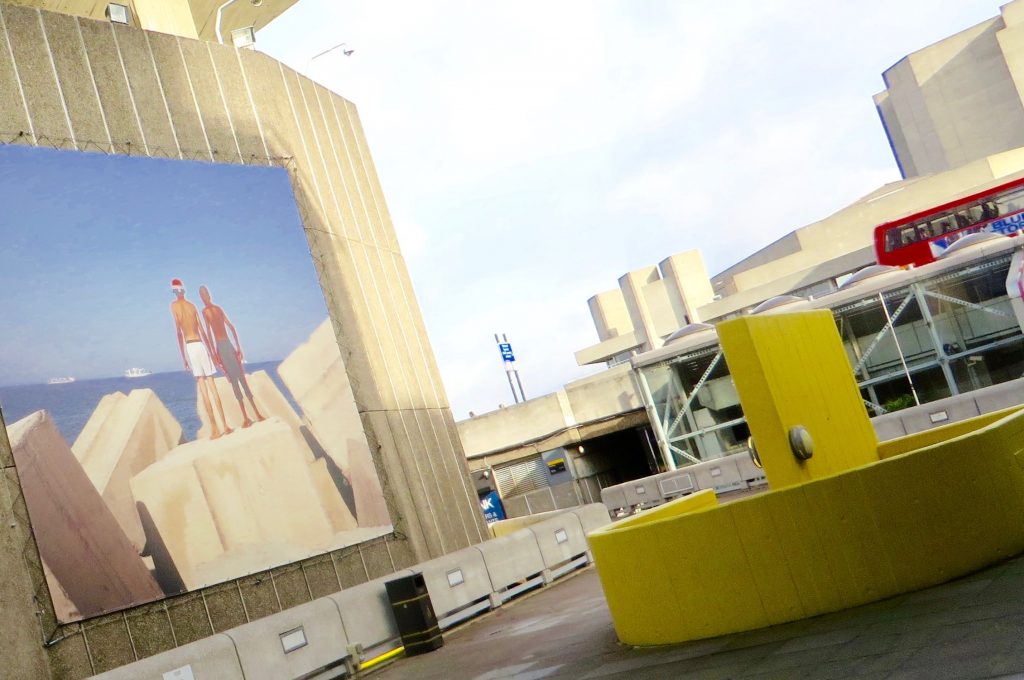
Bridget Riley was partly inspired by Seurat and pointillism. I had always thought of her as being more inclined to black and white but Seurat was fascinated by how colours reacted with one another. For example, red with green, yellow or orange with blue. I can almost taste the way they interact. And in this exhibition you can see how BR was exploring this too.
Seurat was very much influenced by Chevreul, who was a chemist. Chevreul noticed how a colour was influenced by the colours it was next to when he was director of the Gobelins Tapestry dye works in Paris. Seurat, for example, puts dots or small dashes of colour next to one another in many of his paintings but at the same time creating a figurative rather than an abstract painting. Later on, Matisse was also inspired by this way of using colours together. His cutouts illustrate this. But back to Bridget Riley …
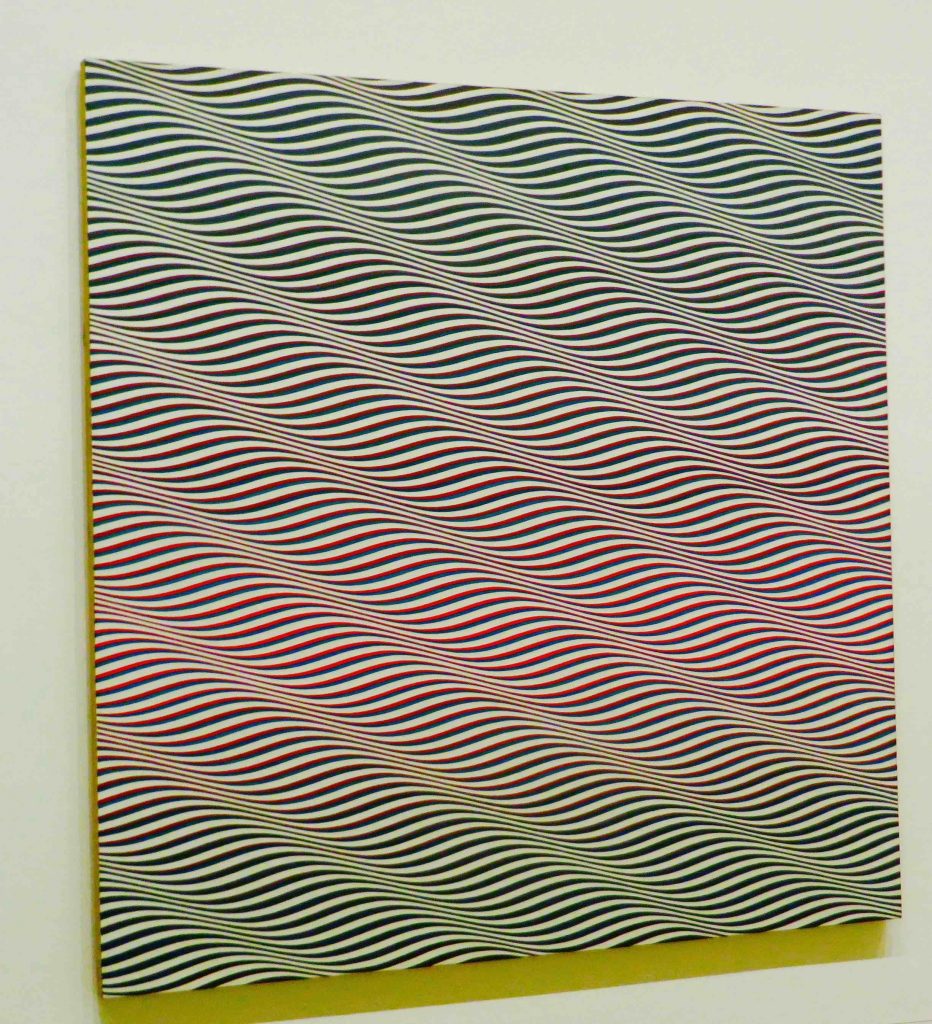

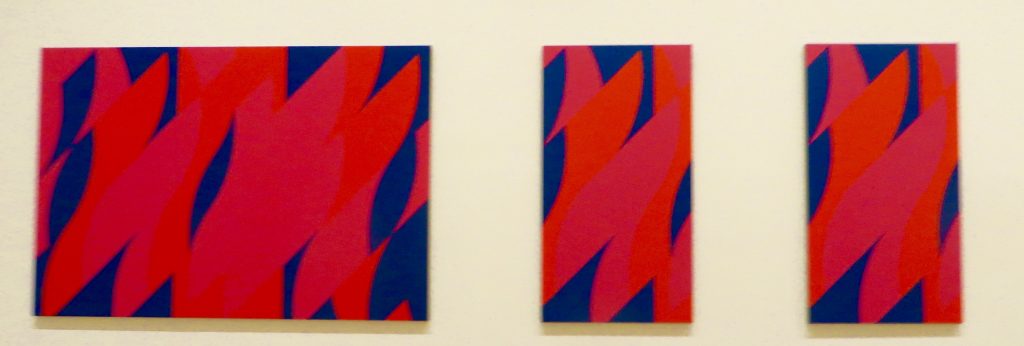
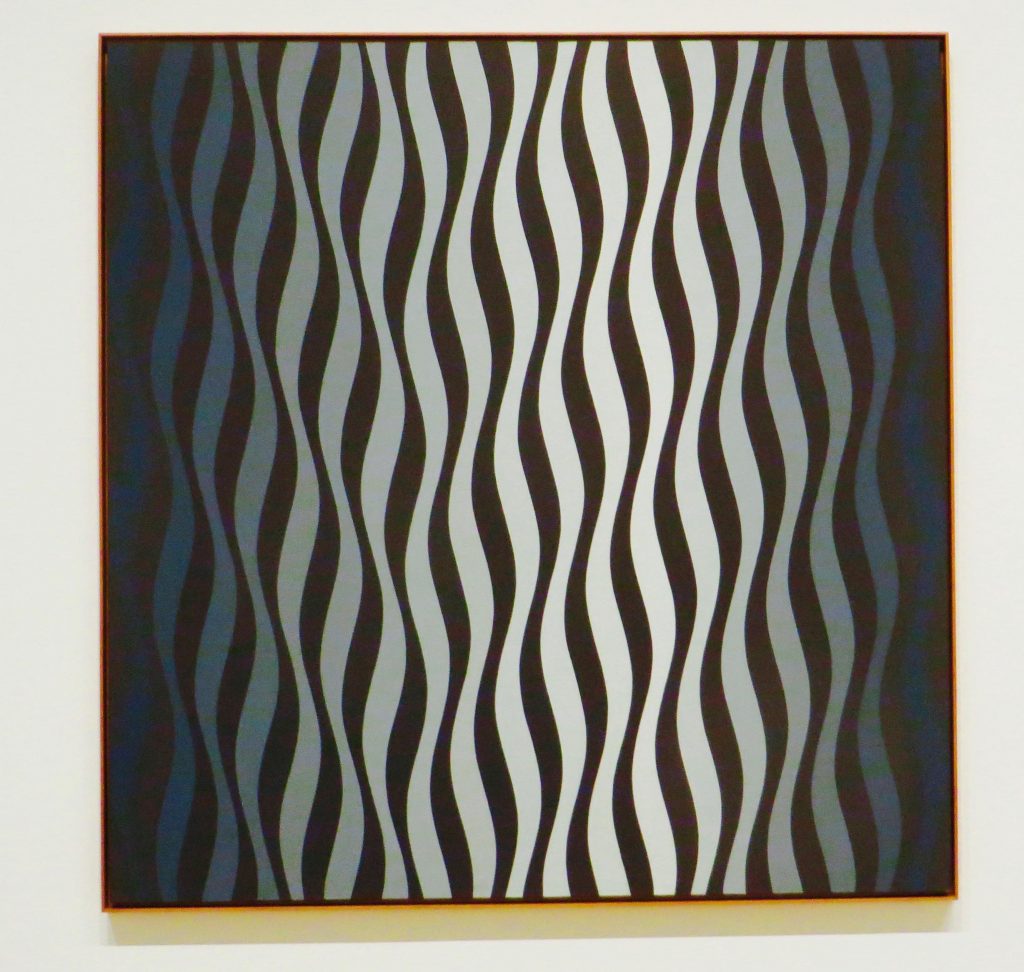
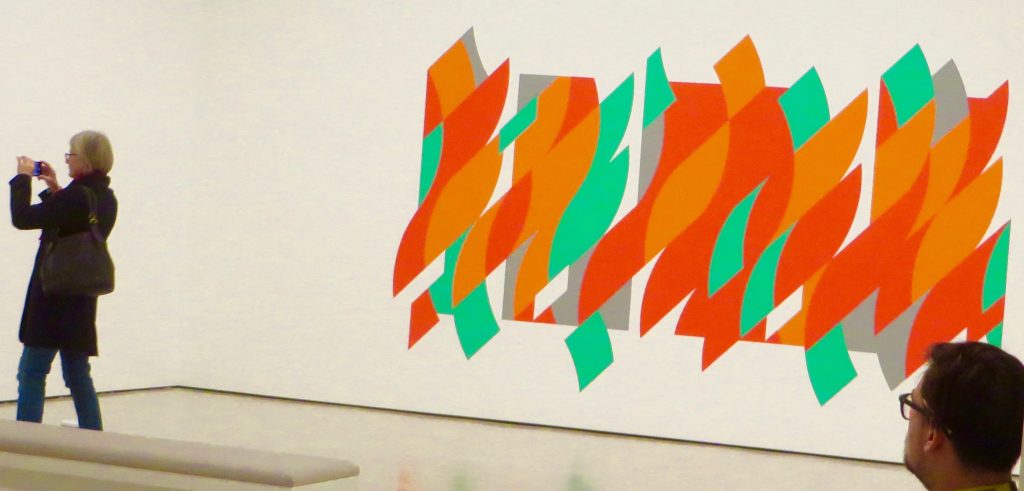
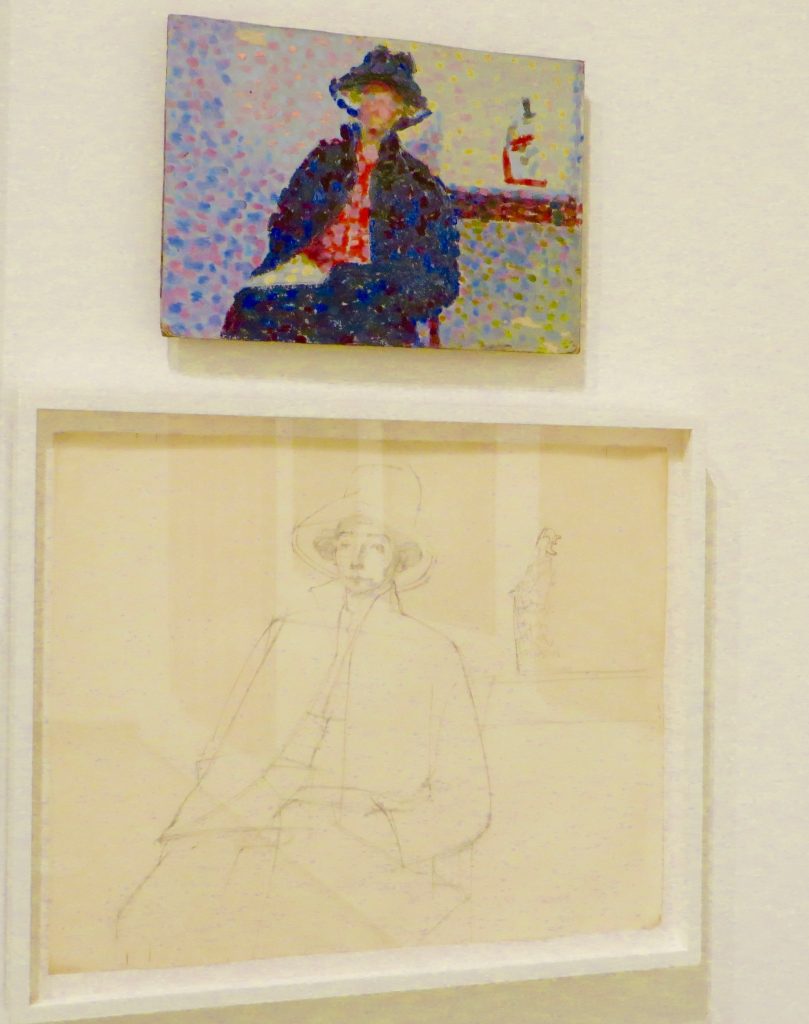
During his long life – he lived to age 102 – Chevreul came up with the idea of a ‘colour wheel’. This study of how colours interact had a great influence on art – especially with the Impressionists. Appropriately, given his long life, Chevreul also studied gerontology – the effects of aging – he was a chemist but came from a medical background. As a polymath, Chevreul managed to explore the intertwining of arts and science – he is only one of 73 people to have his name inscribed on the Eiffel Tower in Paris and truly deserves to be remembered for his many sided contribution to the understanding of the science that lies behind our feelings and emotions.
Personally I prefer the pointillist lady with a hat to the abstract display of colours below – but both paintings are experimenting with the interaction of different colours – it’s just that one seems human and the other seems robotic – one is imaginative and the other is digital … and yet they are both employing the effects of what Chevreul captured in his ‘colour wheel’.
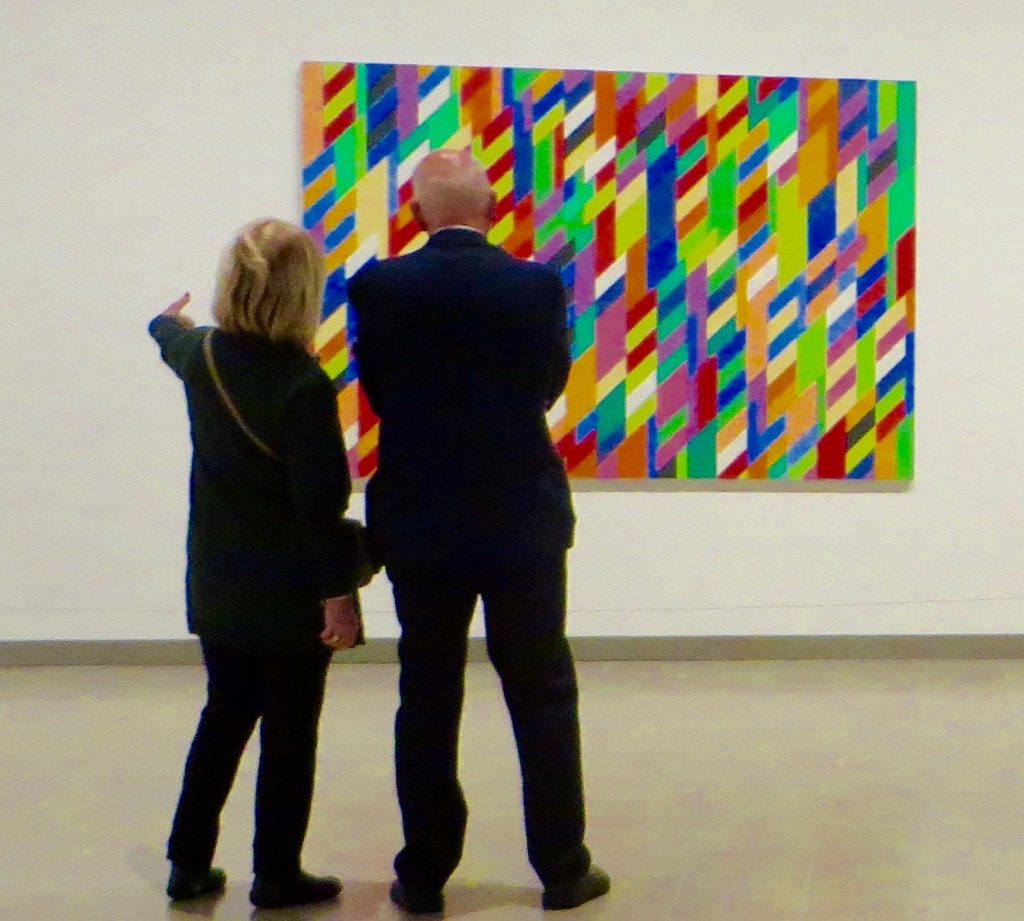
Bridget Riley shows how experimental she herself is. If you had asked me to guess who had painted the picture below, I would have opted for a Scottish colourist like Cadell.
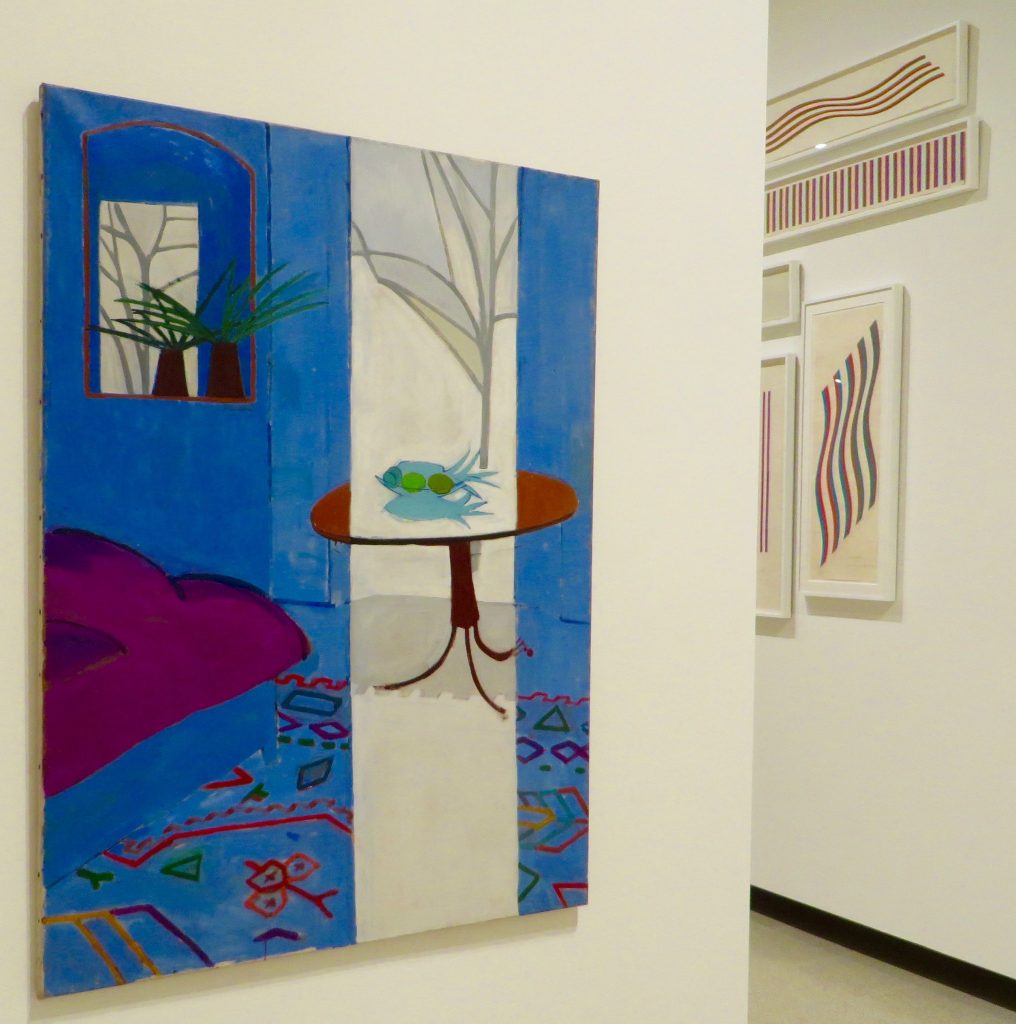
and now she’s in
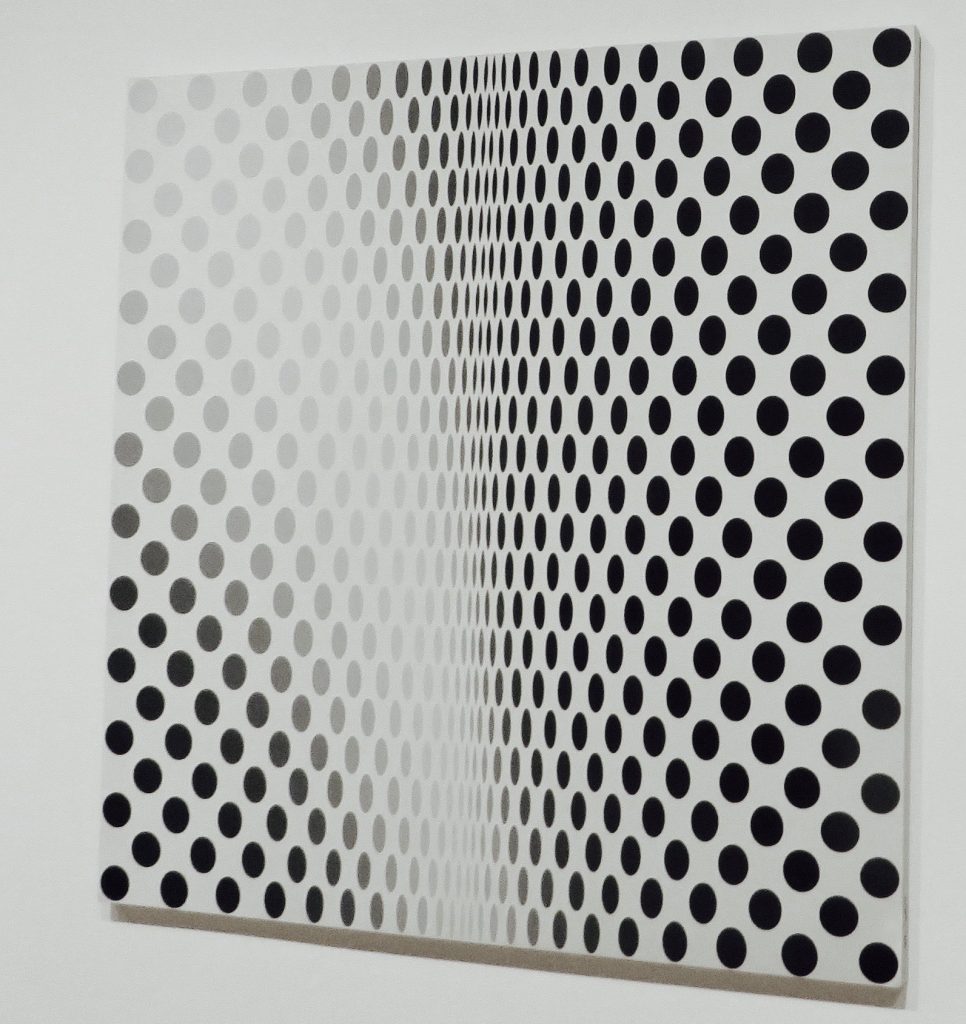
Black spots, black holes, sucked into 3D space …

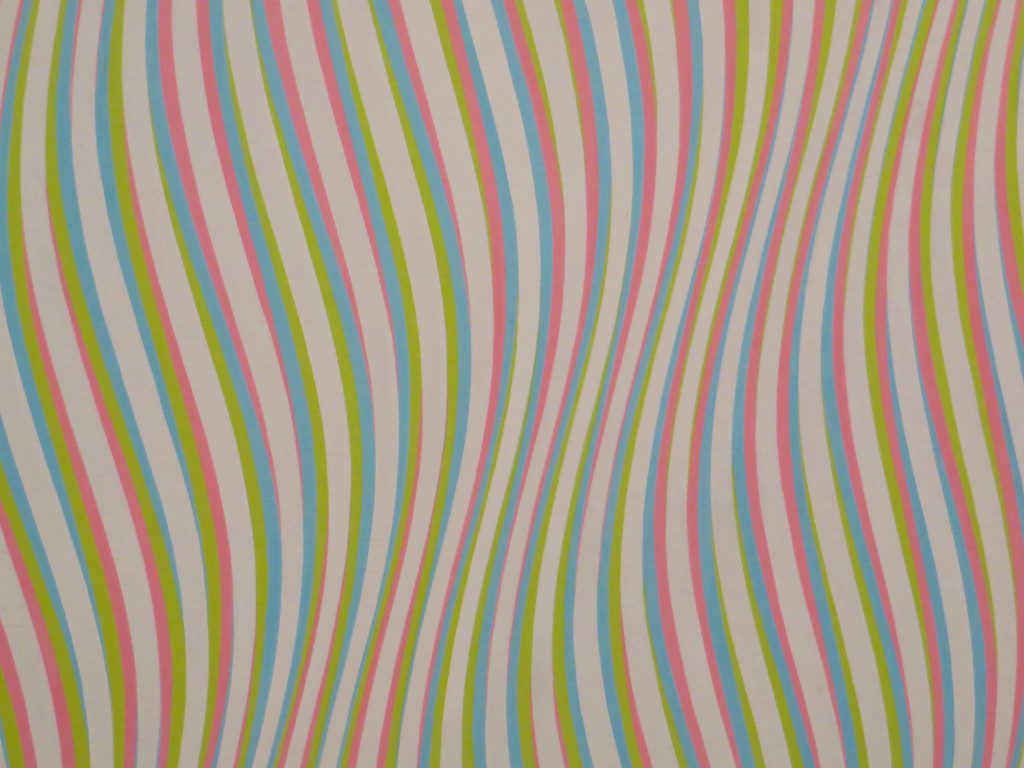
These candy stripes makes me feel queasy – like sinister clowns who use mirrors to change your shape and steal your soul …
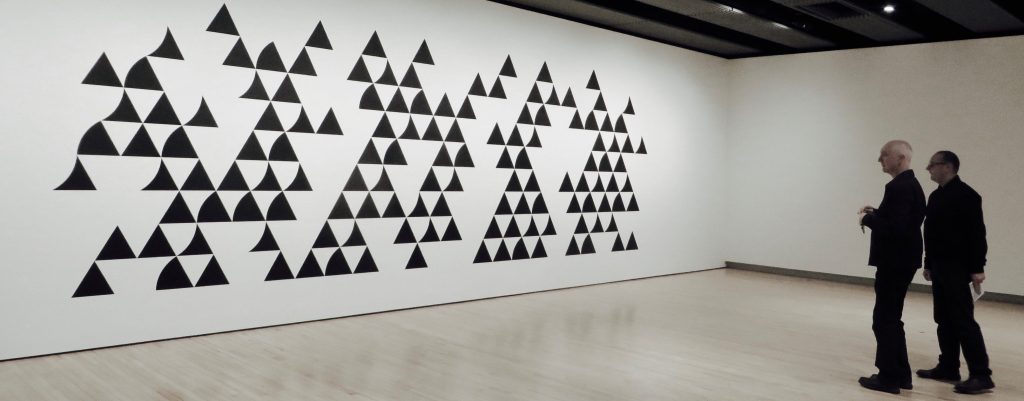
The above looks like a message in code but I am incapable of translating it …
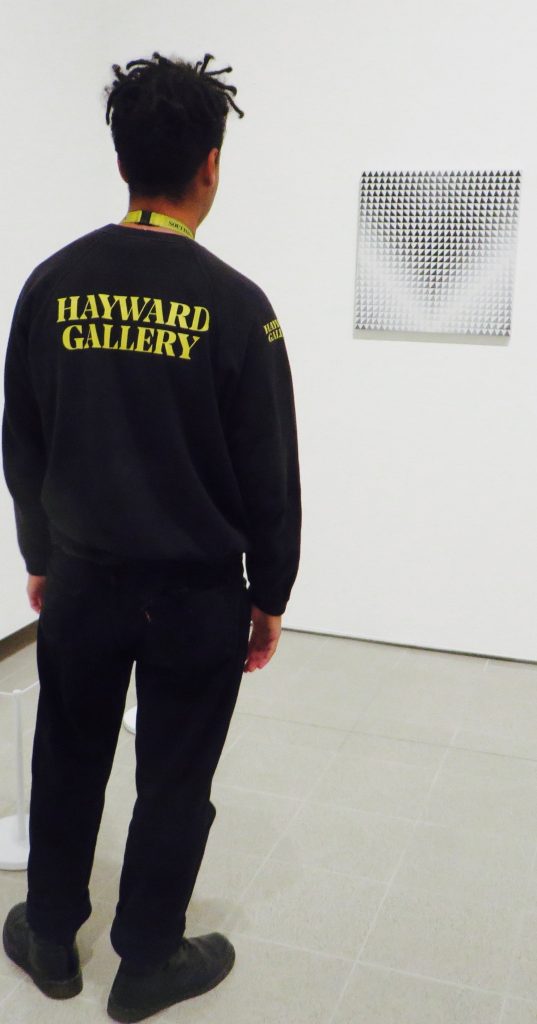
I wonder what this young man is thinking … ? He’s very personable.
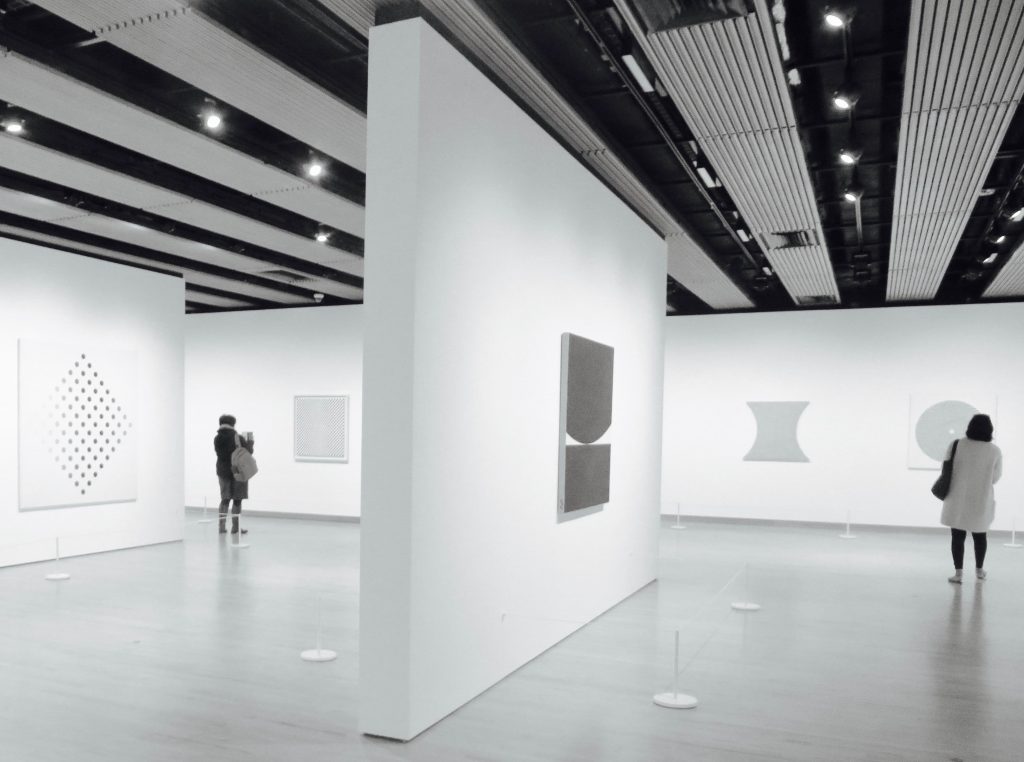

I enjoyed this exhibition for itself but even more because it threw up new channels of exploration and linked up various artists and ideas which I hadn’t connected. The sixties were a time bubbling with freedom to think outside of the box and that appealed to my curiosity. Now I can see the linkages in a different way. I expanded my mind!
On the way home, I passed some geodesic domes overlooking the river – a table and chairs set for a meal lie within. A suitable venue to discuss the art of Bridget Riley, while watching the waves …

I’m thinking that if I came back in a hundred years – impossible – I would be as surprised and shocked, curious and questioning and maybe like a fish out of water – as Samuel Pepys would be if he appeared in London today. Progress is inevitable and includes the bad with the good. The universe will have changed but is unalterably made up of the same nanoparticles – it’s how we use them that makes change possible.
